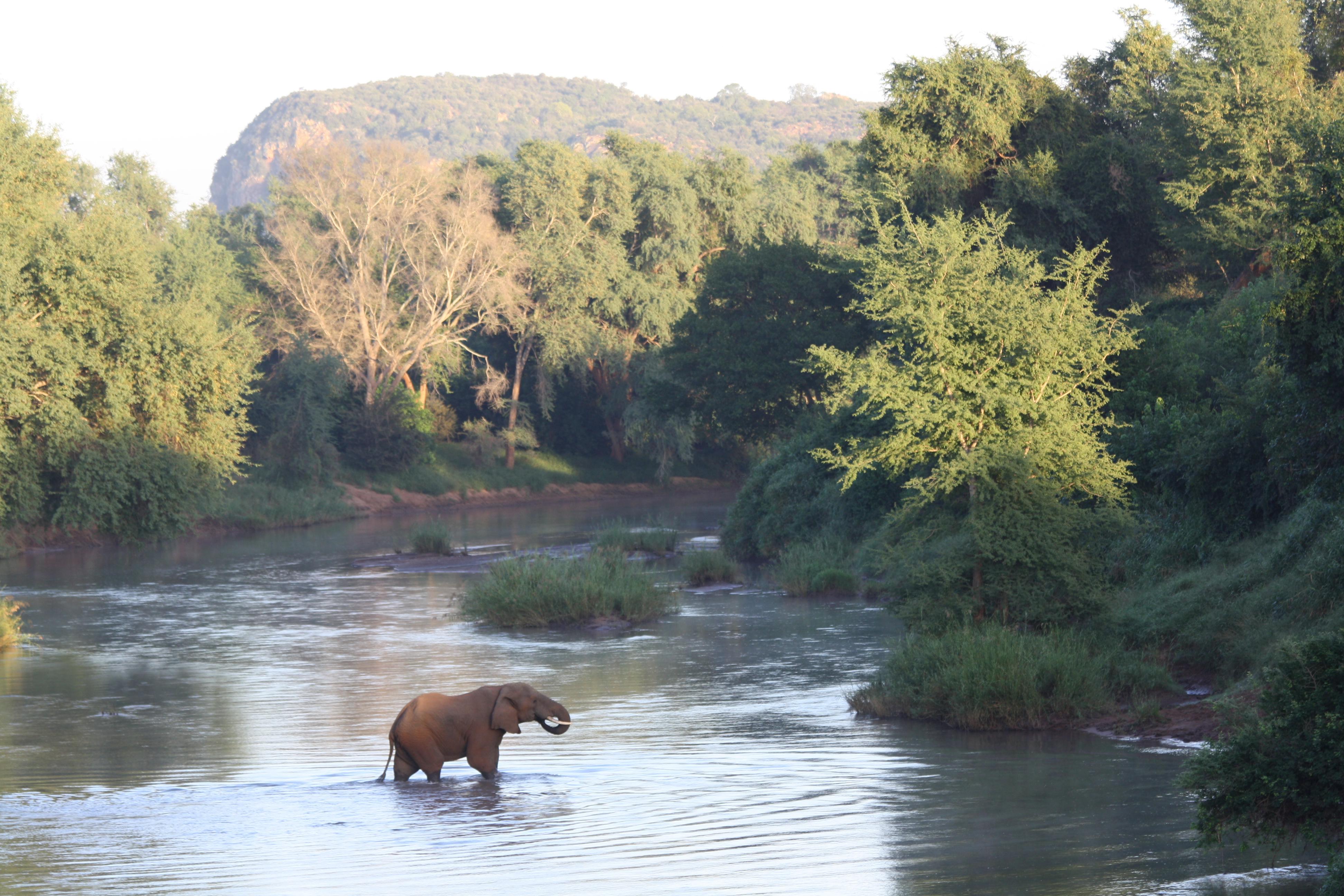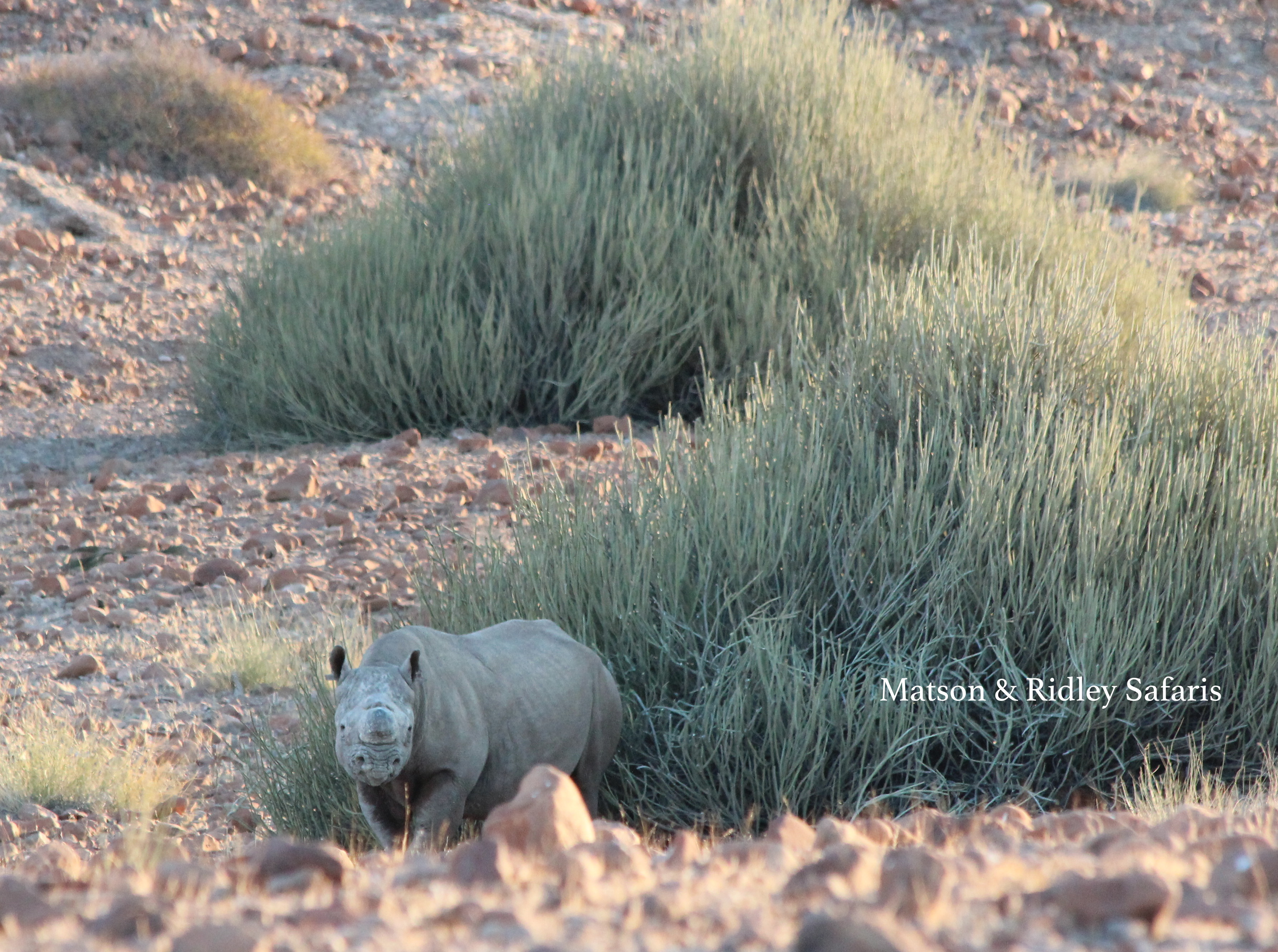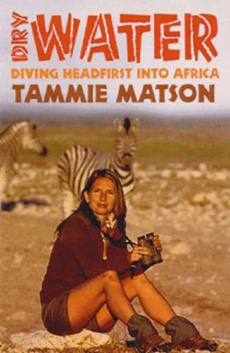Happy World Elephant Day
Today to commemorate World Elephant Day, here’s a few of my favourite elephant photos in celebration of this amazing animal… In about a week’s time I’m going to be announcing my next safari in Africa – and it’s in the home of the world’s largest population of elephants…. Can you guess where it might be?
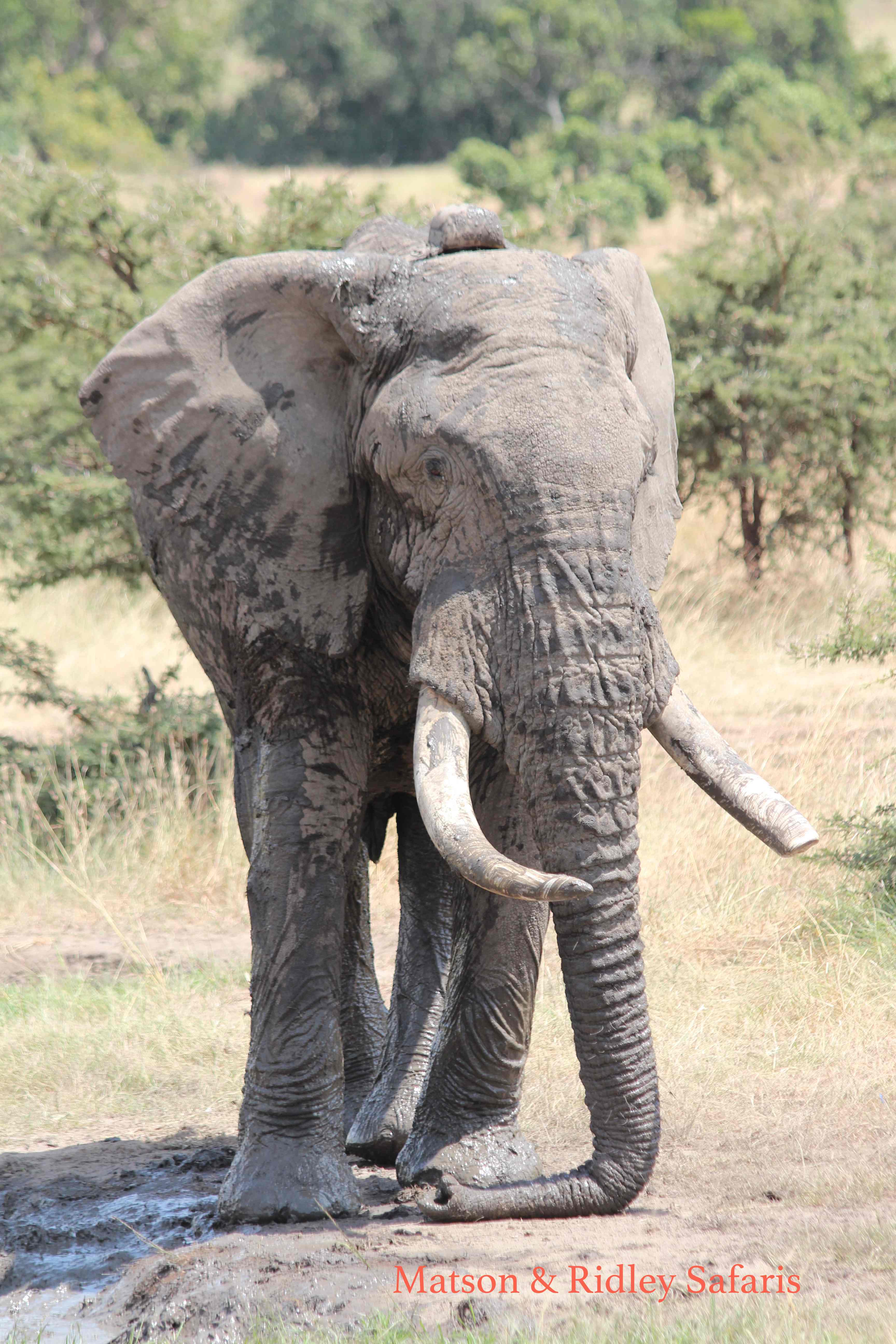
Lovely big elephant bull resting his trunk – taken on my group safari to the Masai Mara in Kenya last year.
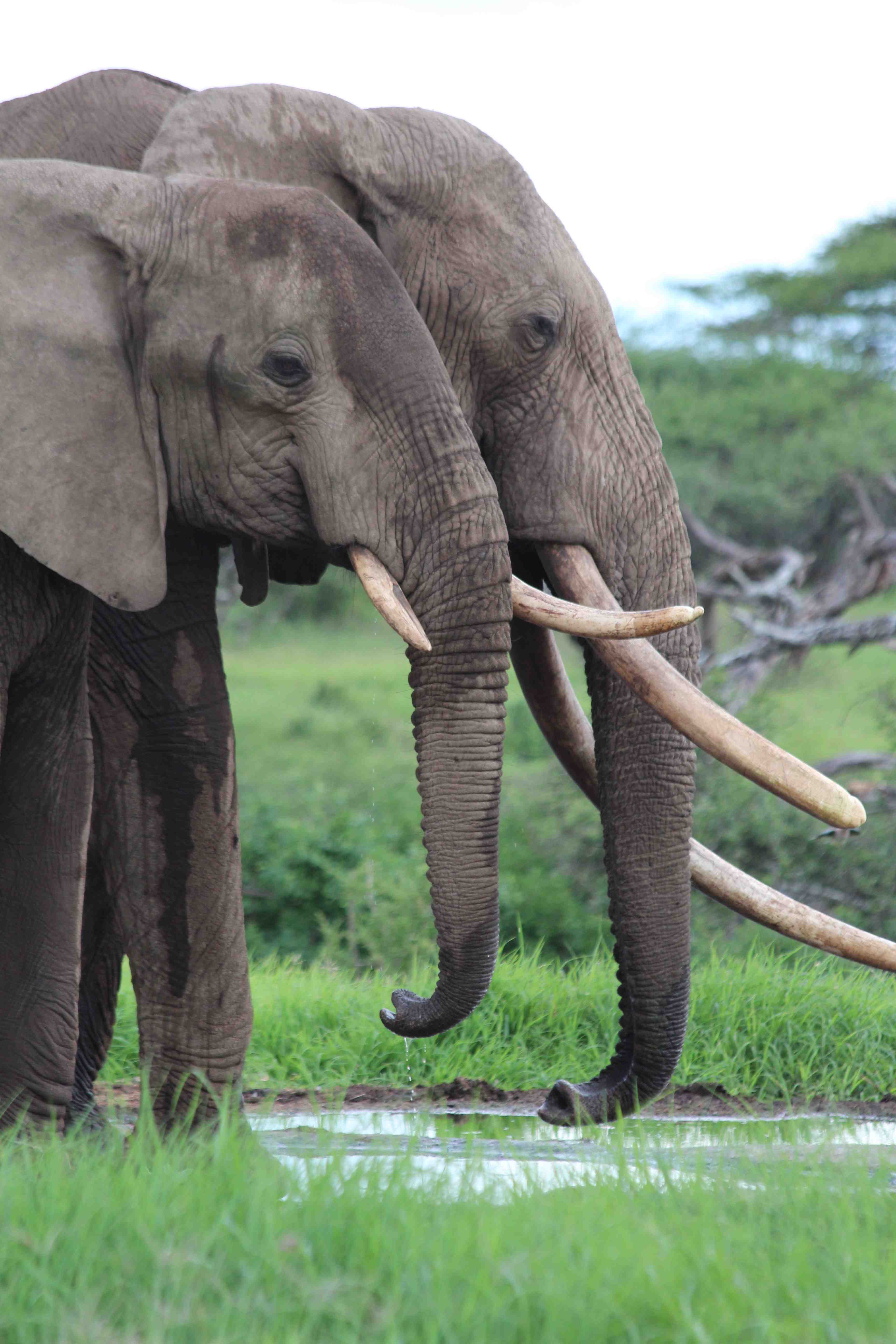
Ele bromance…. I love the way you often see an old bull and a young bull hanging out together as mates, but also in a symbiotic relationship with the old one teaching the young one the ways of the bush and the young one having better hearing and eyesight than the old bull. This photo taken at Ol Donyo, Kenya, during the making of our film “Let Elephants Be Elephants”.
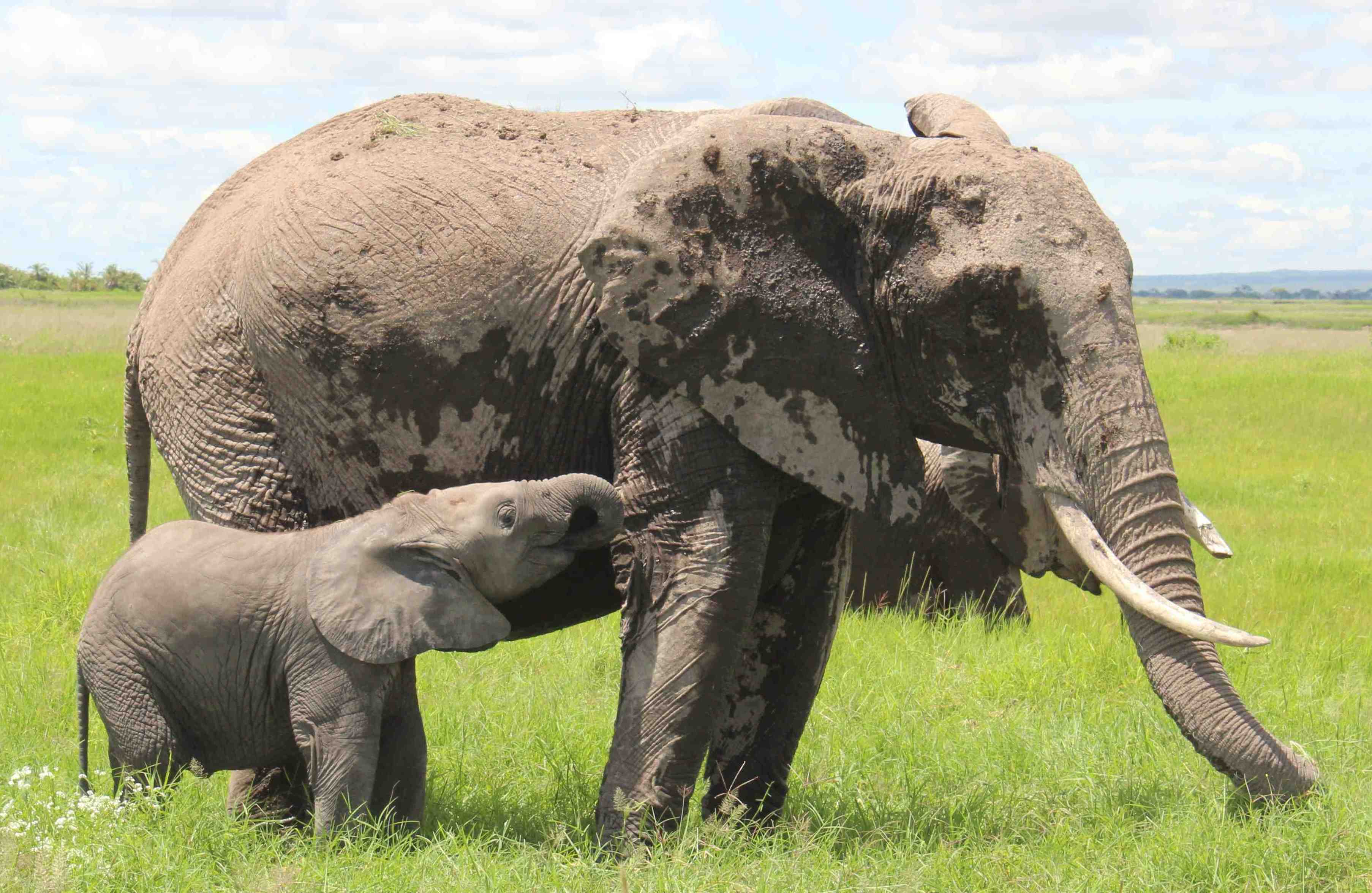
Elephant females stay with their mothers their whole lives, raised by a ‘village’ of aunts, sisters and grandmas in a tight family network. Photo taken in Amboseli, Kenya during the making of the ‘Let Elephants Be Elephants’ documentary.
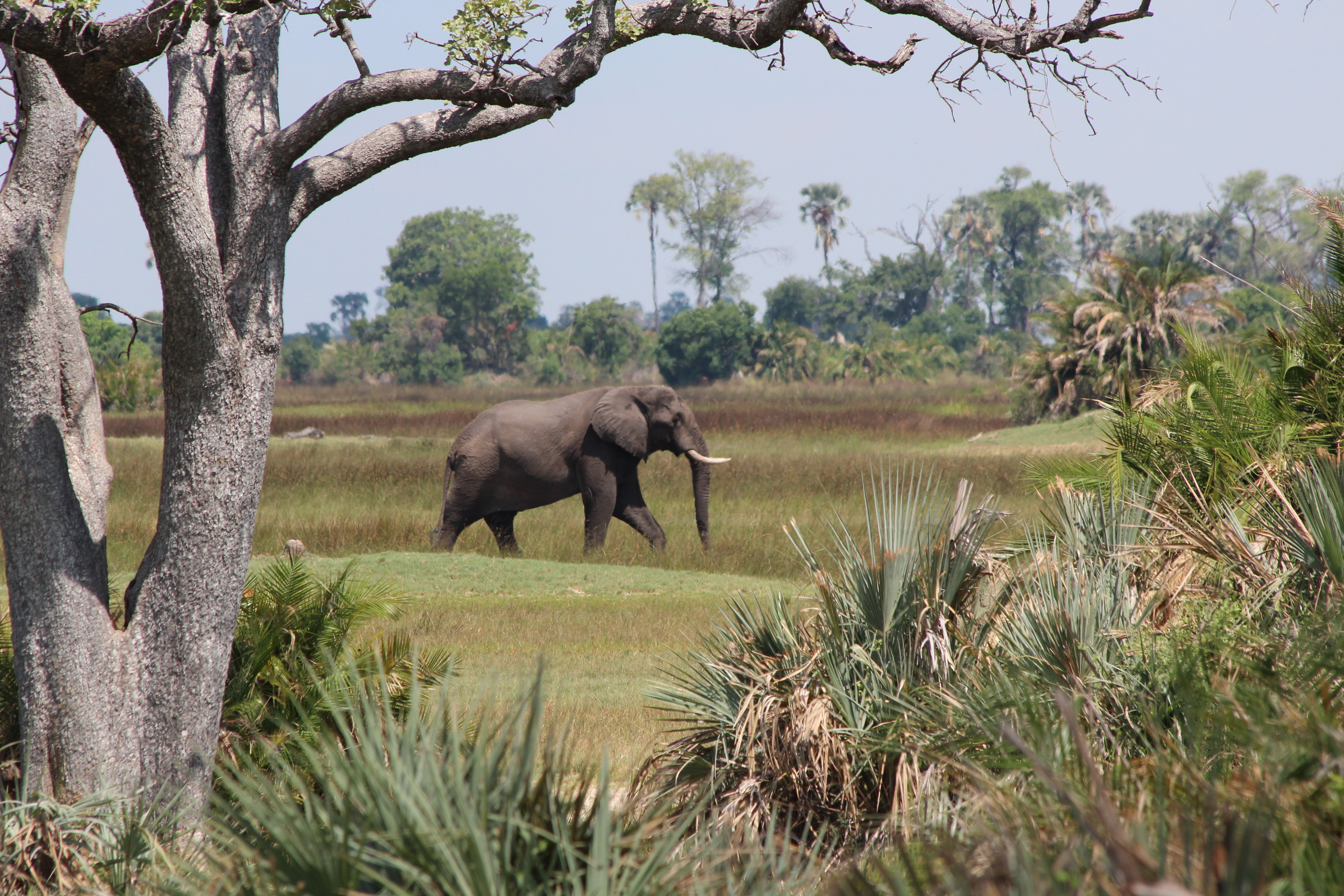
Botswana is one of the best places to see lots of elephants in one place, with the largest population in the world, currently stable at about 130,000 according to the Great Elephant Census. Photo taken at Xigera Camp, Okavango Delta, Botswana during my group safari there in 2014.

Elephants adore water. This magical scene was on the first night of my group safari to Botswana in November 2014, when this herd sauntered in about sunset and took a long slow drink and shower/bath. Banoka Camp.
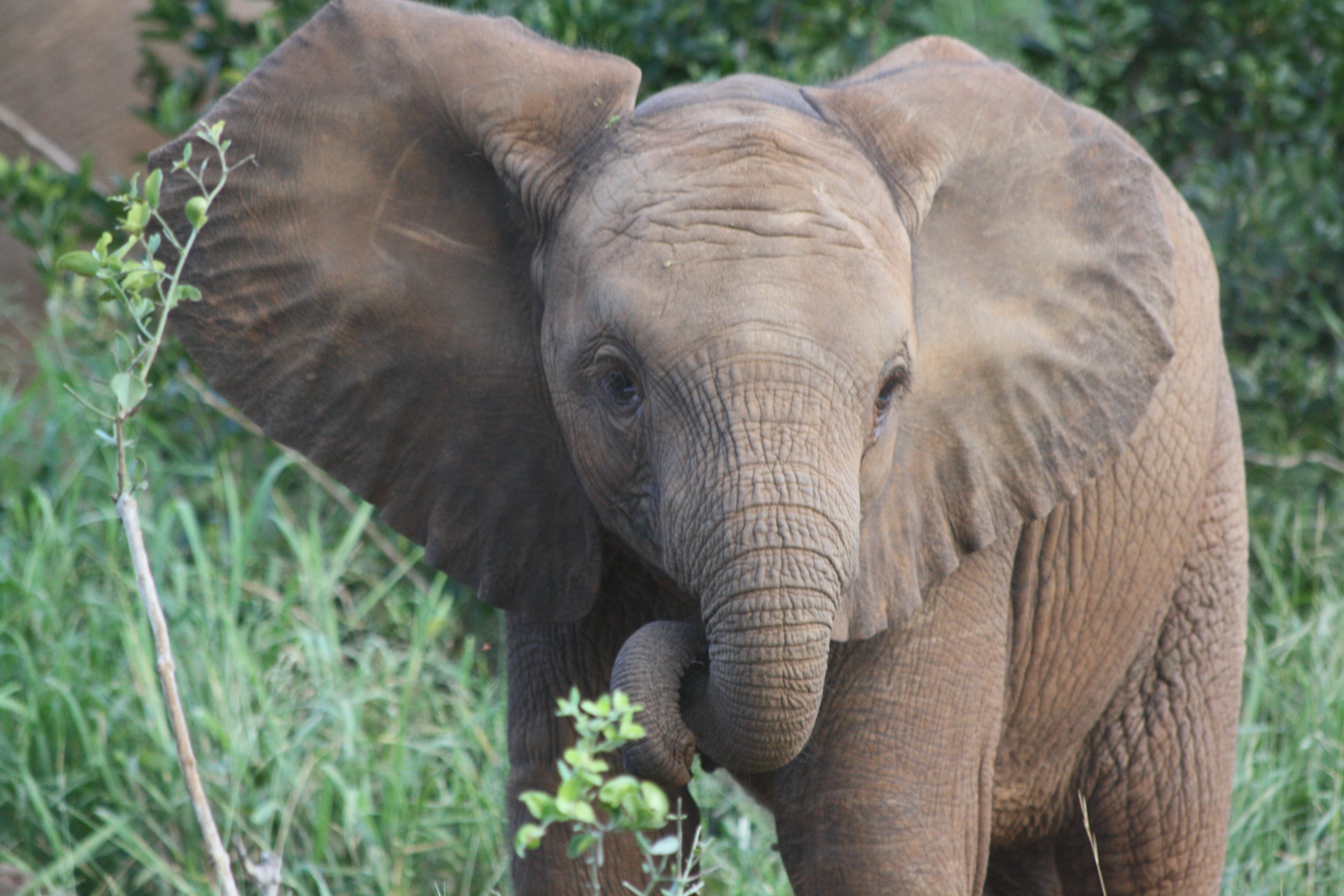
Young elephants are so playful and take a while to work out how to use their trunk. They can sometimes be quite cheeky too! Photo taken on safari in Kruger NP, South Africa.
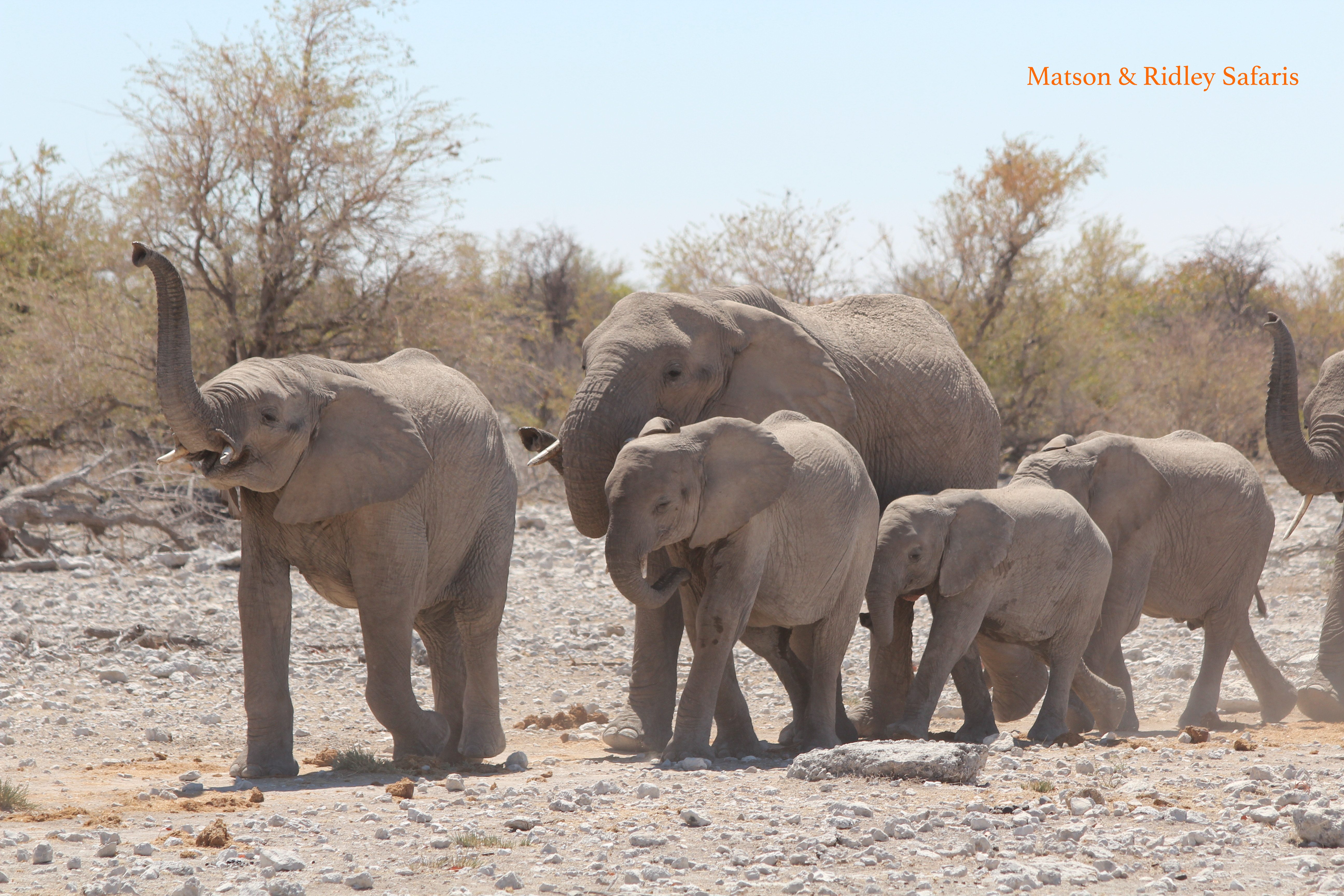
Etosha National Park, Namibia, where I did my PhD on black-faced impalas, is a great place to watch elephants, especially if you go in the dry season as then the waterholes are a joy to watch, with elephants having first water baths then dust baths and revelling in the whole experience. At sunset this is an incredible sight! Photo taken on my Namibian group safari last year, as a herd approached Ombika waterhole where other elephants were already drinking. See how their trunks were raised, smelling what was going on at the waterhole.
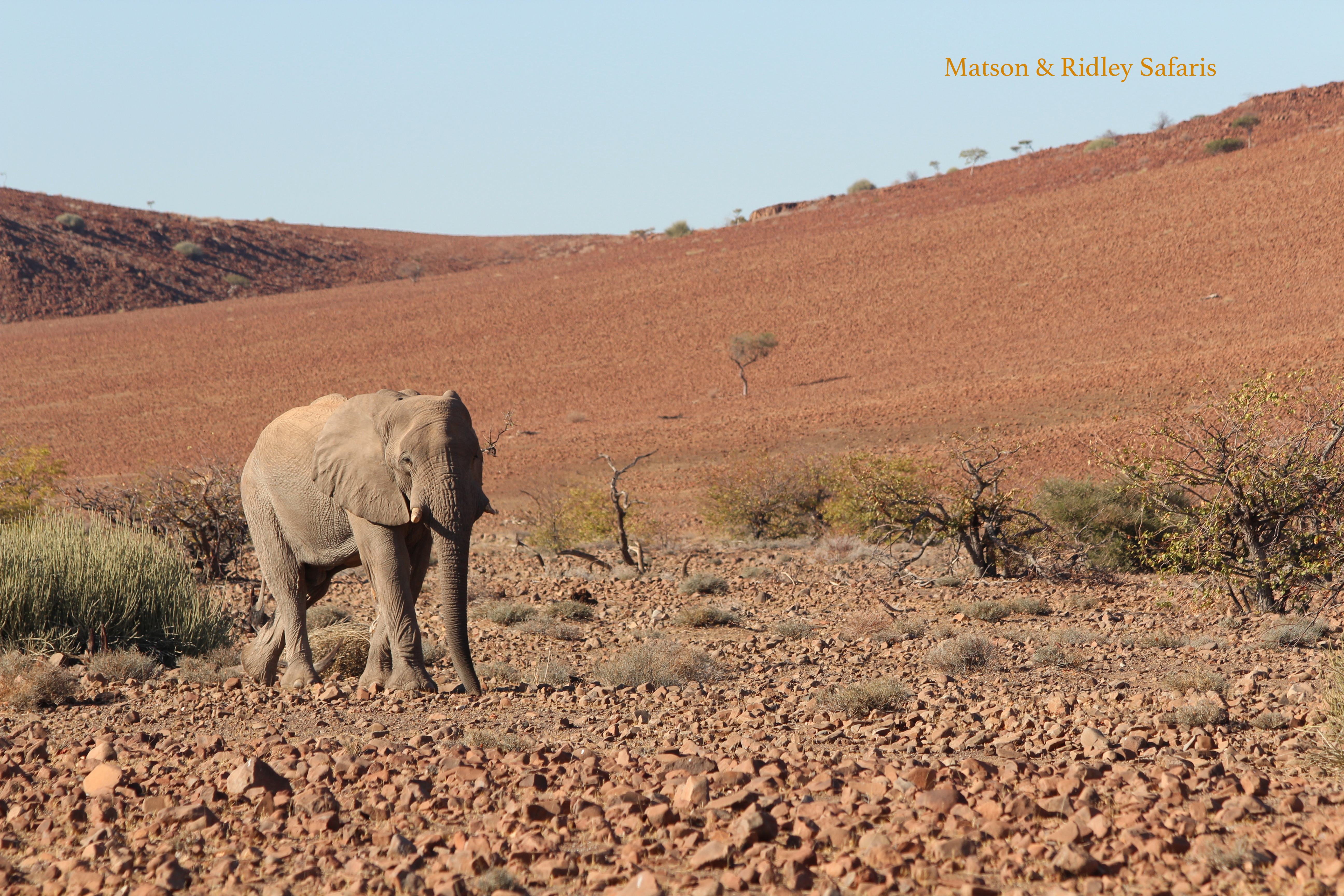
The desert dwelling elephants on Namibia’s north west region are perhaps the most incredible of all of Africa’s elephants, having to traverse vast areas in order to find enough food to survive in their parched habitat. This photo was taken on my Namibian safari near Desert Rhino Camp last year.
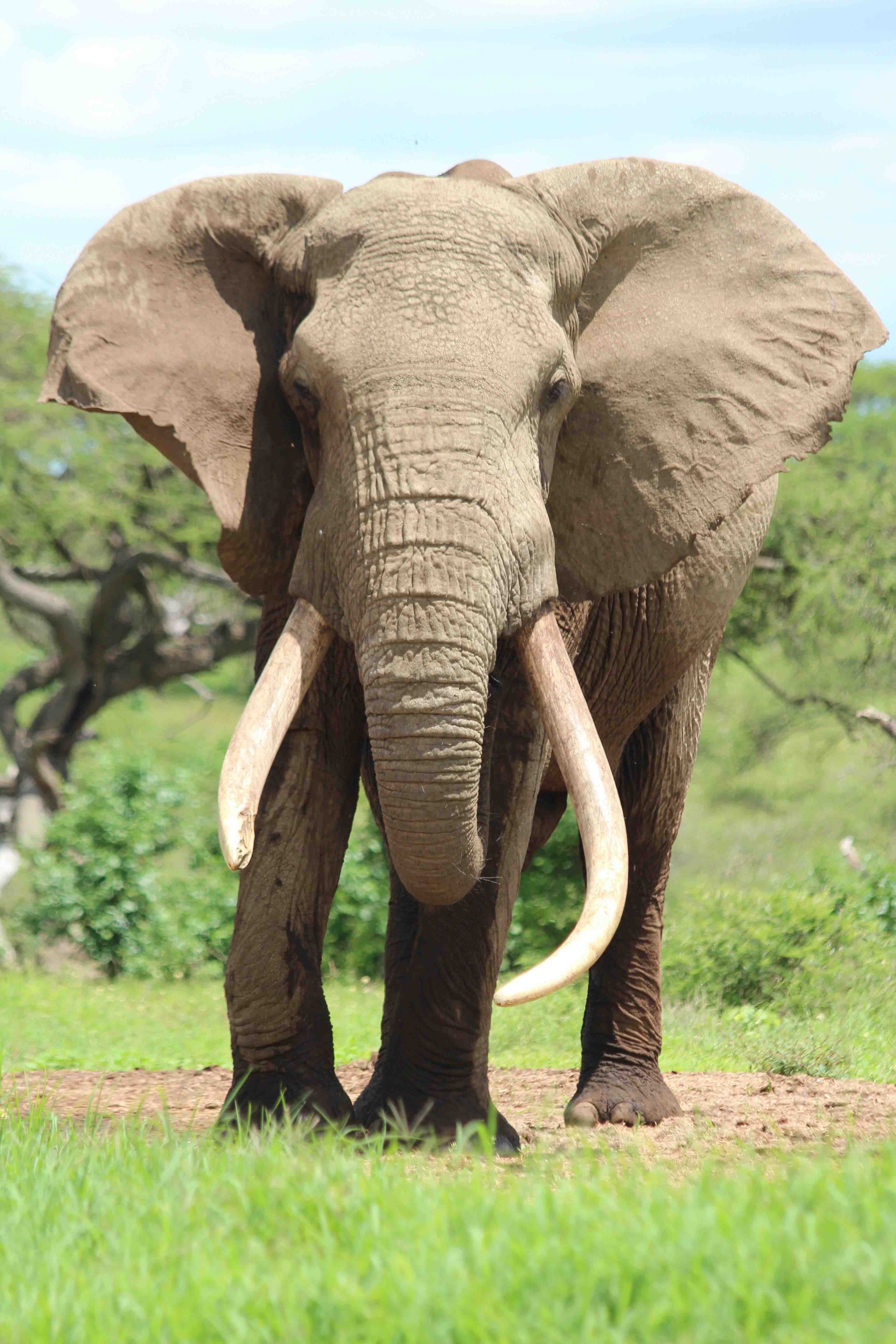
Big tuskers like this one called “One Tonne” at Ol Donyo, Kenya, are under threat by poachers for their ivory. There’s still a great need to educate the public in ivory-buying countries that when you buy ivory this kills elephants in the wild. Elephants need their ivory for foraging and defence, but sadly it has become their curse as it makes them a target for illegal traders. We can all help by spreading the word.

Currently our team at Let Elephants Be Elephants is sharing the Ivory Free campaign all over Thailand, with our partners at Wild Aid and the Thai soccer team, the War Elephants. Head to our Facebook site and share the ads like this one to help spread the word that it’s not cool to buy ivory!
Now I’m off to the Serengeti to see if I can find some elephants to celebrate in person…. Apparently there’s the odd wildebeest and zebra come to town too for one of the biggest migrations on the planet. Back real soon…. Happy World Elephant Day! Share this with someone else who loves elephants.
The Good, Bad & Hopeful News for Africa’s Pachyderms
CITES’ latest report on the results of the MIKE (Monitoring the Illegal Killing of Elephants) programme has some good news in it for elephant populations and some not so good. The overall number of elephants being killed for ivory has stabilised, after a peak in 2011, but there are still more elephants killed every year than are born (see BBC story).
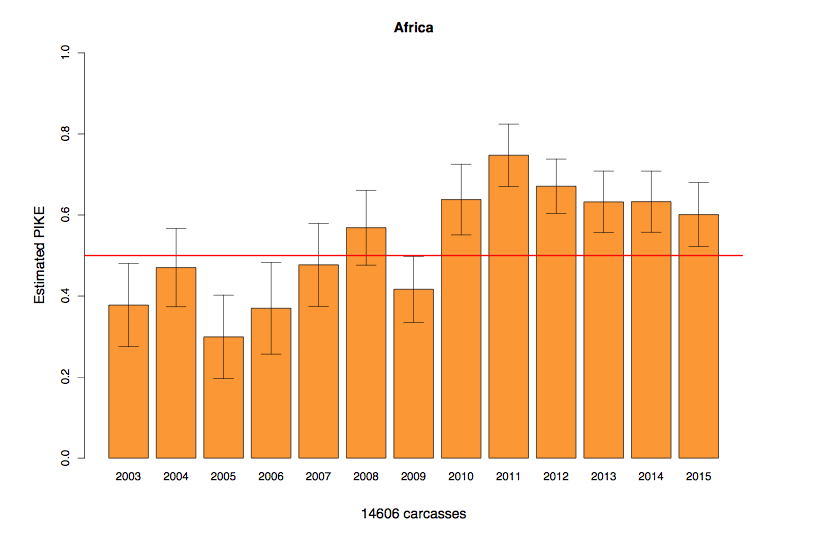
Graph showing proportion of total elephants found killed that were poached, from the MIKE programme, 2015. Note the declining trend in poaching since the 2011 peak.
In Kenya, things appear to be looking up, especially in Tsavo National Park, with an overall decline in poaching reported. Well done Kenya! It hasn’t been an easy few years for Kenya, with the ecotourism industry hard hit by unfounded fears of ebola (which never came close to the country) and a couple of terrible terrorist attacks, but nonetheless their commitment to turn things around for elephants appears to be paying dividends.
Of concern however is the upward trend in poaching in the world famous Kruger National Park, and a couple of other southern African sites including Chewore, Zimbabwe. In southern Africa, poaching levels are still well below the sustainability threshold, but the upward trend is of concern, especially as this part of the world is considered a real refuge for elephants.
Central and West Africa continue to be of serious concern, with poaching levels still well above the sustainability threshold for elephant populations. Read the full report here.
So overall, I think this latest CITES report suggests the great efforts made in recent years, at all ends of the spectrum from demand reduction to anti-poaching, are making a difference in some places, but it’s definitely not the time to be complacent.
What about rhinos? The recent report by IUCN showing that overall poaching across Africa for rhinos is at its highest since 2008 shows that poaching is by no means slowing down across Africa for other thick-skinned large mammals either. The South African government recently reported that rhino poaching was down in South Africa in 2015 compared to the previous year, albeit by a very small number (about 40). The big picture outlined in the IUCN report just out suggests the fight must go on if rhinos are to have a future in the wild.
Why go on fighting this battle? Lots of reasons, but a big one is that it IS possible to win.
I take heart from countries like earthquake-hit Nepal, which has had ZERO poaching of its greater one-horned rhinos in three of the past five years. Part of their success in conservation following the civil war (which took a hard toll on wildlife) is reported to be their tough penalties on poaching and a streamlined judicial process dealing with offences.
And then there is Uganda, which has seen its elephant population increase 600% from 700-800 in the 1980s to over 5000 in 2015. These countries demonstrate that it is possible to turn things around; and that political will and hard line processes are key to success. It’s amazing what can happen when governments take this problem seriously.
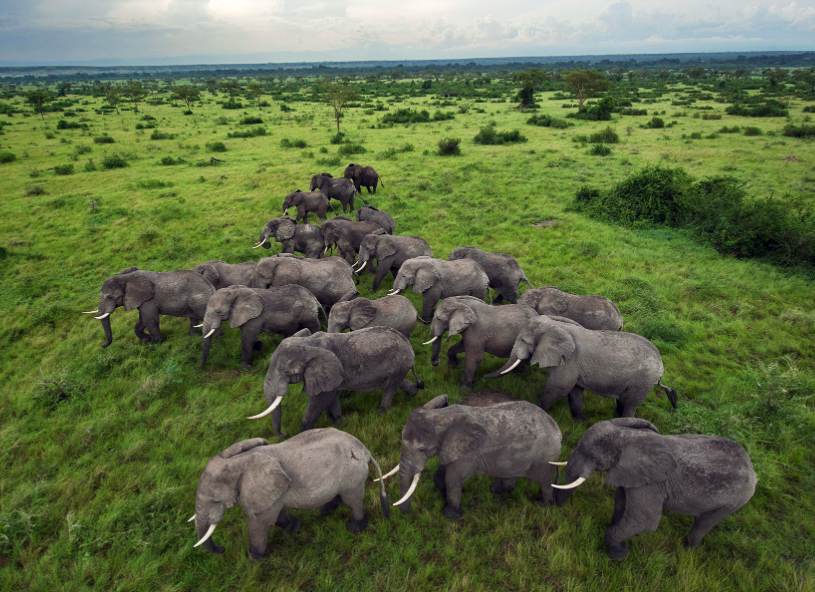
Elephants in Queen Elizabeth National Park, Uganda, are doing better than in the 1980s by a long way (photo by National Geographic)

